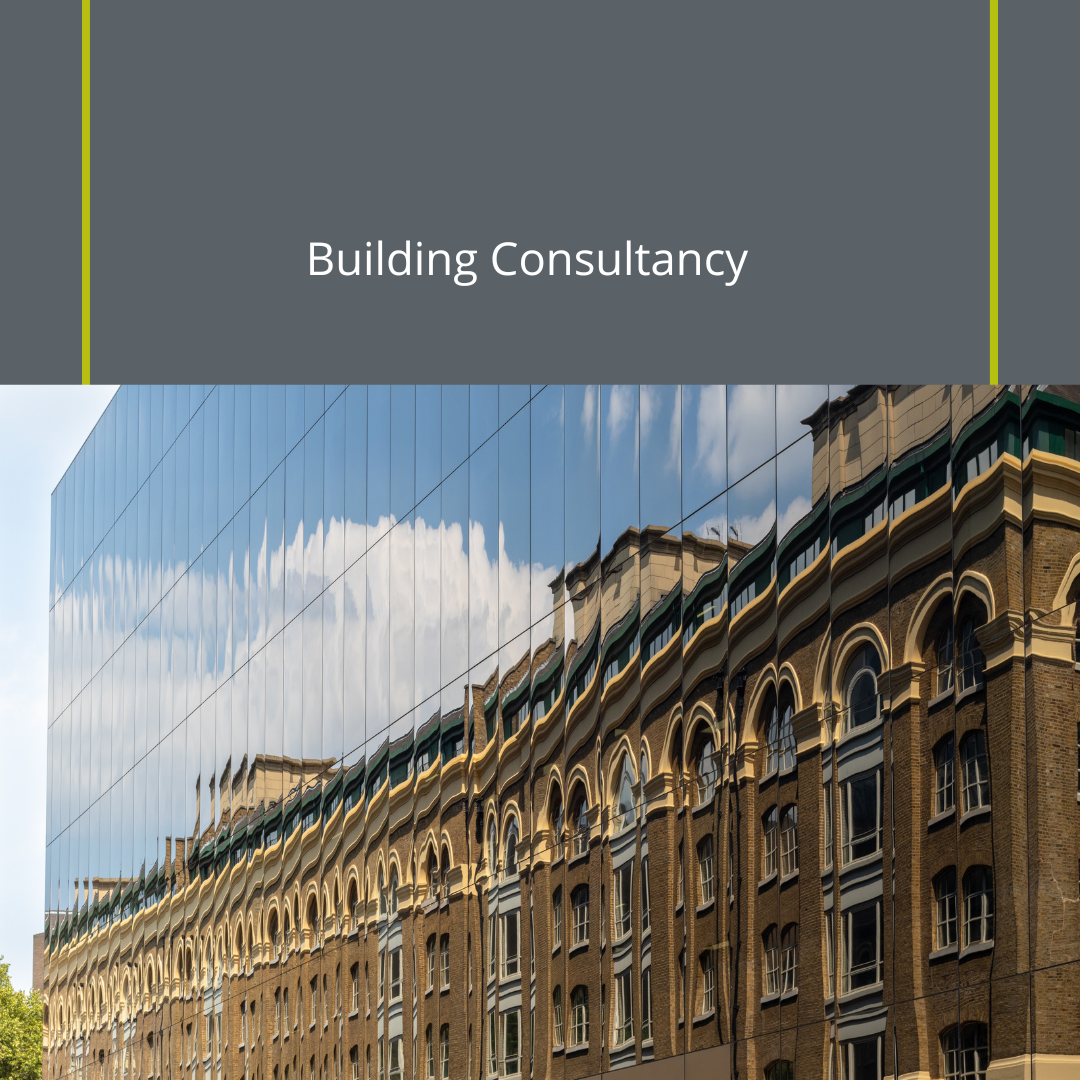
Should heritage considerations outweigh the modernisation of existing buildings?
October 07, 2025
Our Building Consultancy team recently debated a question that sits at the very heart of our profession: how can we modernise and upgrade older buildings while maintaining their heritage and character?
The conversation reflected an ongoing challenge for Building Surveyors - the need to balance conservation with functionality. Our built environment is full of history, yet buildings must also remain viable, efficient, and safe for current and future generations. Achieving this balance is not straightforward, and as our discussion showed, there are competing priorities that professionals must carefully navigate.
The Balancing Act: Character vs Function
As Building Surveyors, we are advocates for protecting the history within our environment. Older buildings often provide communities with a sense of identity and continuity. Yet, without modernisation, they can quickly fall short of contemporary needs - whether that be thermal efficiency, accessibility, or compliance with modern health and safety standards.
This is where tension arises, as Clients, Building Regulations Officers, and Planning Authorities often hold differing, and sometimes conflicting, perspectives. Clients may prioritise usability and cost-effectiveness, while regulators are tasked with ensuring compliance, and planning officers focus on preserving historical integrity. These competing objectives often lead to delays, disputes, and complex negotiations.
The Policy Gap
Currently, there is no clear, standardised framework to guide professionals through these situations. Heritage and planning policy exist, but much is left open to subjective interpretation. For surveyors, this means that every project requires a bespoke approach, with outcomes varying not only by building but by the individuals involved in the decision-making process.
This lack of clarity is compounded by underfunding within the planning system, as local authorities are often stretched thin, limiting the time and resource available for the collaborative conversations that are needed. This can leave clients frustrated, projects stalled, and, in some cases, buildings at risk of redundancy.
The Risk of Redundancy
If upgrading heritage buildings becomes too complex or too costly, there is a danger that many will fall into disuse. This would be a missed opportunity - both environmentally and socially.
From an environmental perspective, reusing existing buildings aligns with the UK’s sustainability goals. The built environment contributes around 25% of the UK’s carbon emissions (UK Green Building Council, 2024). Demolishing and rebuilding create significant embodied carbon, while retrofitting existing stock can substantially reduce emissions while extending the life of the building.
Socially, heritage buildings often anchor communities, and when these spaces become vacant, it can erode local identity and contribute to wider urban decline. Finding workable solutions for modernising such properties is therefore crucial, not just for the buildings themselves but for the communities they serve.
Innovation and Technology
The good news is that innovative technologies are appearing all the time which may help to reconcile conservation with modernisation. For example:
- Reversible interventions such as secondary glazing or internal insulation systems that preserve historic facades while improving energy performance.
- 3D scanning and digital modelling to document and plan upgrades with minimal intervention.
- Material innovations - for instance, breathable insulation products designed specifically for older masonry.
However, these approaches bring their own debates. Is reinstating a heritage element with a modern replica “authentic” conservation? Does installing a false wall to protect original features but hiding them from view diminish their significance? These are questions that professionals must grapple with, and where consensus is far from clear.
Looking Ahead
As regulations on energy efficiency, fire safety, and accessibility continue to tighten, the pressures on heritage buildings will only increase. There is a tipping point at which it may no longer be possible to meet requirements without compromising significance. Many upgrades are already commercially unviable, particularly in less economically active areas.
For these reasons, we believe that a greater degree of national guidance is urgently needed. A collaborative framework - ideally supported by government, could provide professionals, clients, and regulators with clearer pathways to balance conservation and modernisation.
Conclusion
Heritage should not necessarily outweigh modernisation, nor should modernisation sweep away heritage, as the two must be held in balance. Our role as Building Surveyors is to champion this balance - preserving what makes our built environment distinctive, while ensuring that buildings remain safe, efficient, and useful.
Ultimately, the most sustainable building is one that is used, and by finding practical, collaborative solutions, we can ensure that our heritage buildings continue to play an active role in the future of our towns and cities.
Mark Pepper
BSc (Hons), MRICS / Executive Partner
email mark.pepper@kirkbydiamond.co.uk phone 01582 738 866Paul Hazell
BSc (Hons), MRICS / Executive Partner
email paul.hazell@kirkbydiamond.co.uk phone 01908 208 846